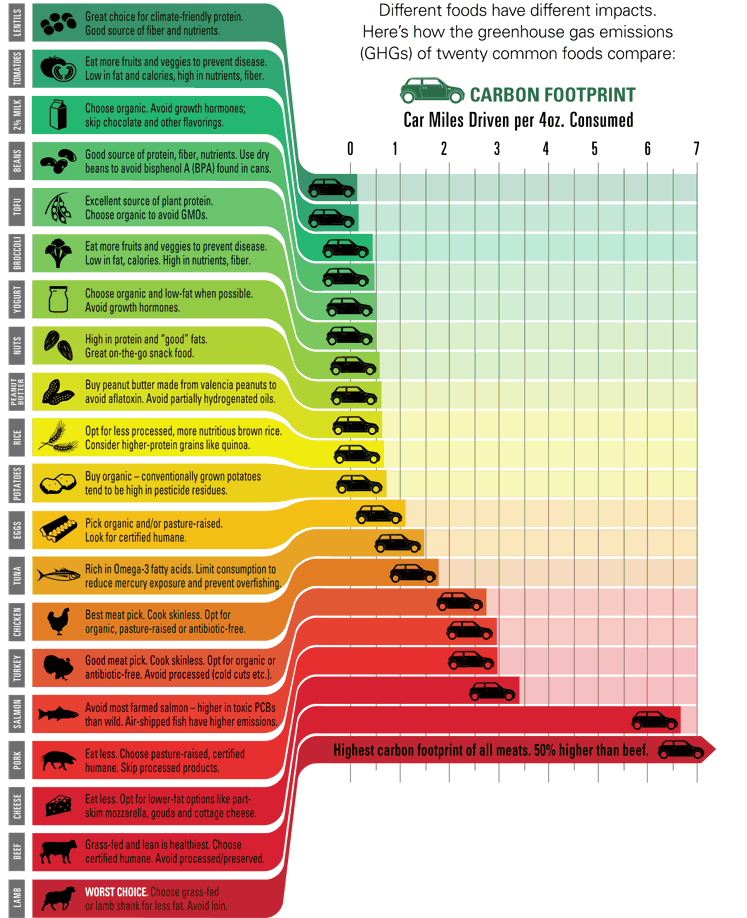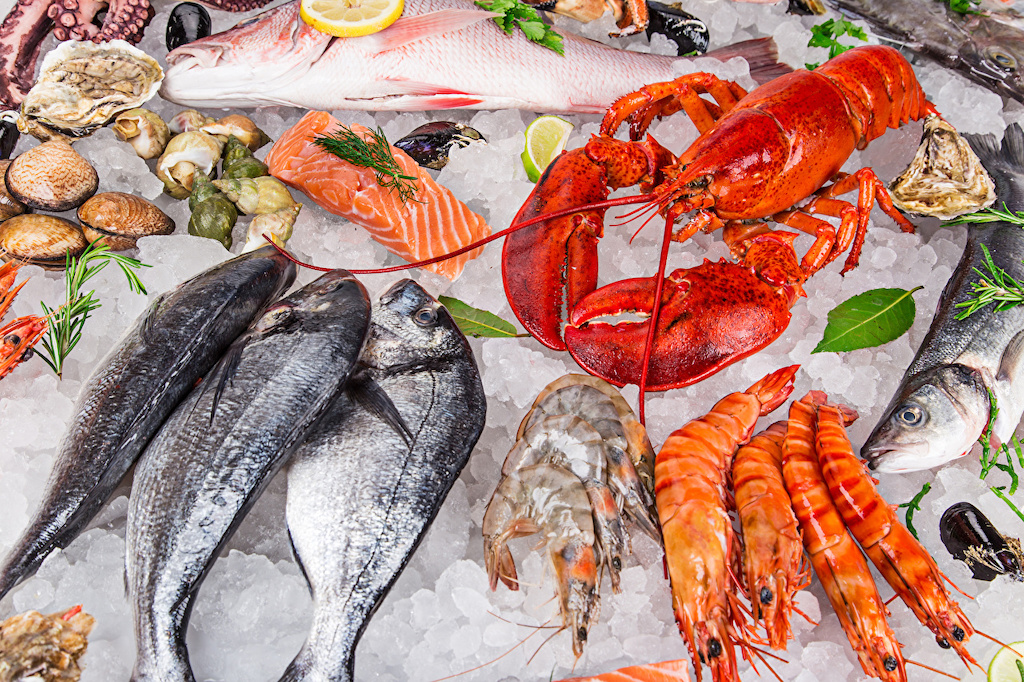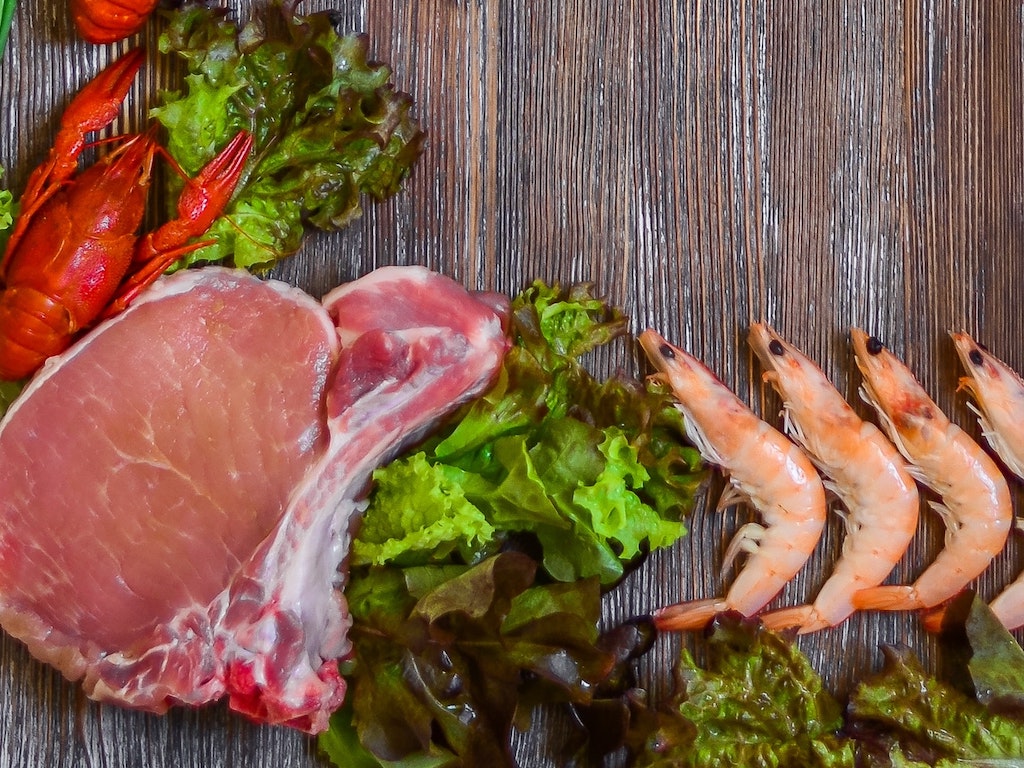5 Mins Read
With the climate crisis climbing to the top of the global agenda, more people are beginning to take notice of the connection between our consumption choices and the carbon footprint it leaves behind. While some questions about the footprint of food can appear to be relatively straightforward, the reality may not always be as simple as it seems.
The carbon footprint associated with animal agriculture has driven many consumers to forgo or reduce meat products and instead opt for fish and other seafood as their alternative protein source. While often guided by the belief that eating fish and seafood comes at a reduced environmental impact, this only holds true in some cases, and importantly depends on which type of seafood or meat product you are weighing up against.
Of course, to reduce the carbon footprint of your plate as much as possible, scientists across the board agree that eating a plant-based diet – swapping out all meat, poultry and seafood for a vegan protein source – is the most environmentally friendly option. Accounting for multiple proxies of a food’s environmental impact, from production processes and land use to water wastage, transportation and packaging, the recent analysis by Our World in Data confirms that as a rule of thumb, it becomes clear that plant-based food produces the least carbon emissions.

When it comes to what is the most carbon-friendly amongst animal products, poultry meats such as turkey and chicken win out against other meats such as lamb and beef. As shown in the above graph by the US Environmental Working Group (EWG), lamb has the highest carbon footprint of all, producing an average of 20.44 kilograms of carbon dioxide for each kilogram of the meat. This is before accounting for transportation, which we have recently revealed makes less impact on the overall footprint of food than we might think. Much of the carbon footprint of lamb comes from the methane emissions released by sheep through belches and waste in the rearing process.
This is closely followed by beef, which produces only 5 kilograms fewer carbon dioxide emissions than lamb. Pork stands somewhere in the middle between poultry and beef, producing around 4.62 kilograms of carbon dioxide for each kilogram of the same product. Poultry produces around half of that of pork. So if you had to choose between different types of meat, your best bet is to stick to chicken or turkey over lamb, beef and pork.
The picture becomes more complicated when we compare meat to seafood and fish products. Seafood does tend to have a smaller carbon footprint than animal proteins, mostly because fishing does not require farmland and livestock rearing, but not always. Farmed salmon, for instance, has a higher carbon footprint than chicken or turkey because it requires fish feed and fuel use for fisheries, which generates 4.14 kilograms of carbon emissions per kilogram of salmon. So if you are trying to choose the lower carbon option and need to choose between chicken or farmed salmon, opting for chicken is probably more carbon-friendly.

In addition to carbon emissions, you may also be concerned about the other environmental impacts of farmed fish species such as salmon. Farmed seafood requires the use of large amounts of pesticides that leach and pollute the sea, which then destroys ocean habitats and harms marine life.
So are wild catches any better? Probably not. According to global nonprofit Oceana, wild fishing uses fossil fuel-powered vessels, which also spews out carbon emissions, and how much it does depends on what species are being targeted. Among wild seafood catches, crustaceans such as prawns and lobsters can burn an estimated 10,000 litres of fuel per catch, because nets and traps used to catch shellfish are much heavier than other types of dishes.
Among all fish and seafood species, small schooling species such as anchovies, mackerel, and herring are the lowest carbon options, averaging around 80 litres of fuel per catch because fishermen use purse-like nets to surround these schools of fish.
But caveats still exist if we look at other environmental factors. If you are worried about plastic pollution, for instance, almost all commercial fishing operations use methods such as trawling and longlines, which are at some point discarded in the sea, making up almost 50% of the ocean plastic waste. Commercial fishing also kills non-targeted species known as bycatch – these include dolphins, sea turtles, and sharks. At the current rate of commercial fishing, overall marine populations are depleting so quickly we could be seeing most species consumed by humans going extinct by 2048, according to WWF estimates.

You might also think twice about consuming seafood altogether if you are wary of ethical issues, since the fishing industry has long been mired in human rights abuses, from modern slavery to child labour.
Bottom line: in general, seafood tends to be on the lower end of the carbon scale, on par with more carbon-friendly types of meat such as chicken. Among different types of meat, lamb and beef are the most carbon-intensive, so it is best to avoid them as much as possible, along with shellfish, wild catches and crustacean seafood meats that also tend to come with a higher footprint than smaller schooling fish species and poultry. But ultimately, plant-based protein sources top the charts for sustainability, as well as being the most ethical and healthiest choice of all.
Check out the other parts of our Food Footprint Series:
‣ Is choosing local always the most eco-friendly option?
‣ Should you quit almond milk?
Lead image courtesy of Pexels.




